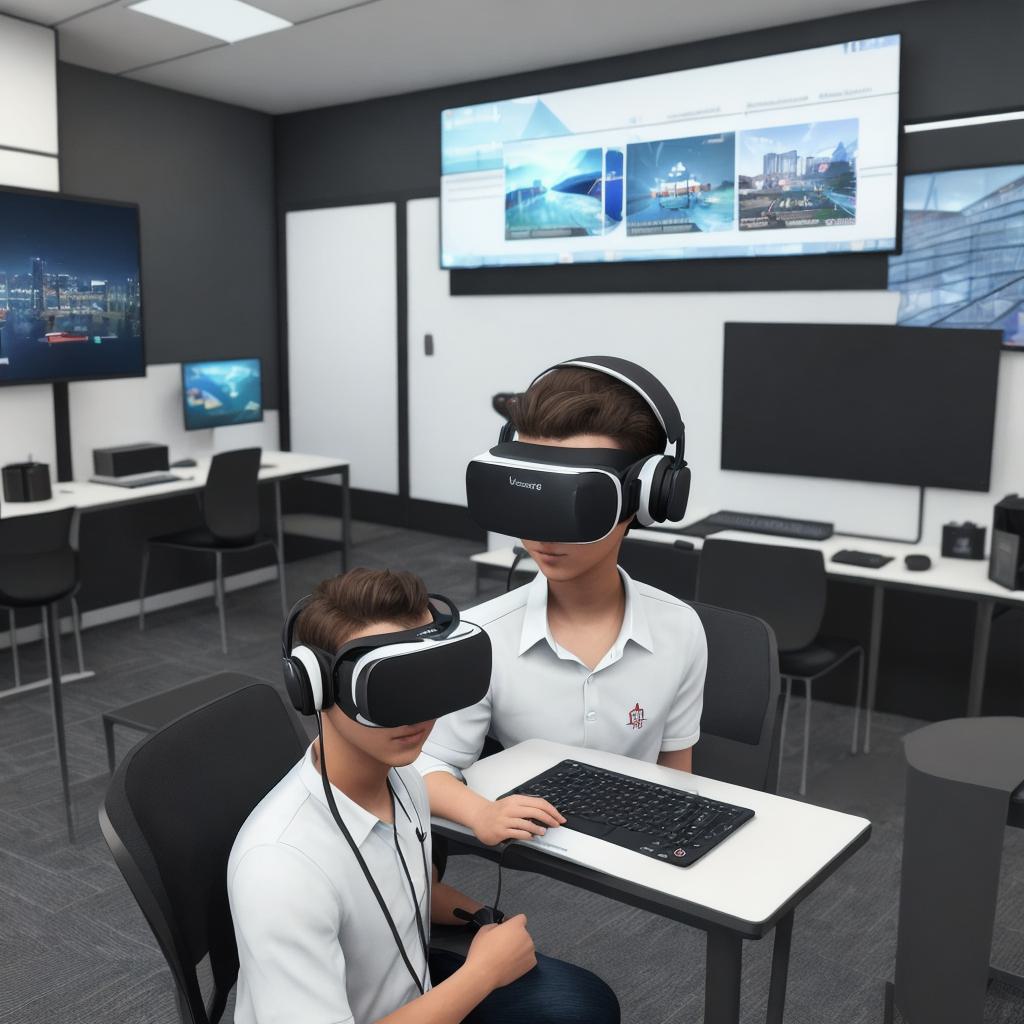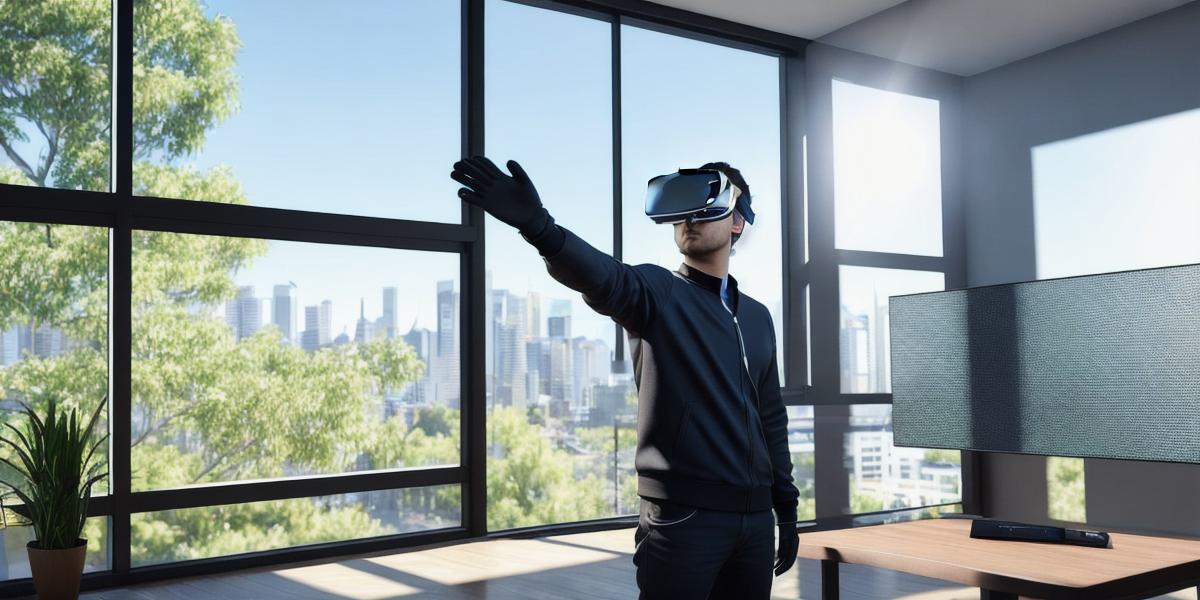The metaverse, a collective virtual shared space created by the convergence of virtually enhanced physical reality and physically persistent virtual reality, has been a topic of immense interest in recent times. While it is often associated with gaming and socializing, its potential applications extend far beyond these realms. In this text, we’ll explore some practical applications of the metaverse in everyday life.
1. Remote Work and Learning
One of the most significant applications of the metaverse lies in remote work and learning. With the rise of virtual offices and classrooms, professionals and students can now attend meetings, collaborate on projects, and learn new skills from the comfort of their own homes. For instance, architects can walk through 3D models of their designs, discuss changes with team members, and make adjustments in real-time. Similarly, educators can create immersive learning experiences by incorporating interactive simulations and virtual field trips into their lessons.
2. Shopping and Retail
Another practical application of the metaverse is in shopping and retail. Virtual shopping malls allow users to browse and purchase products as they would in real life, but with the added benefit of trying on clothes, inspecting furniture, or testing out gadgets before making a decision. Companies like Ikea have already begun to offer virtual showrooms where customers can design their homes using 3D models and see how various pieces of furniture fit into their space.
3. Socializing and Entertainment
The social aspect of the metaverse is perhaps its most well-known application. Virtual worlds like Facebook Horizon, Decentraland, and The Sandbox provide users with opportunities to interact with friends, meet new people, and engage in various activities such as playing games, attending events, or exploring art installations. These platforms also offer monetization options, allowing creators to earn a living by selling virtual goods or offering their services.
4. Healthcare and Wellness
The metaverse also holds immense potential for healthcare and wellness. Virtual reality therapy has been shown to be effective in treating various conditions such as anxiety disorders, phobias, and chronic pain. Additionally, telemedicine consultations can be conducted in a more immersive manner by utilizing virtual environments. This not only enhances the patient experience but also makes healthcare more accessible to those who may have mobility issues or live in remote areas.
5. Travel and Tourism
Lastly, the metaverse offers exciting possibilities for travel and tourism. Virtual tours of famous landmarks, museums, and tourist attractions can provide users with an immersive and interactive experience, allowing them to learn about different cultures and history without leaving their homes. Furthermore, virtual travel agencies can offer customized itineraries that cater to individual preferences and interests.


In conclusion, the metaverse is not just a futuristic concept; it’s already making a significant impact on our everyday lives. From remote work and learning to shopping, socializing, healthcare, and travel, the potential applications of this technology are vast and varied. As we continue to explore the possibilities, we can expect the metaverse to become an increasingly integral part of our daily experiences.
